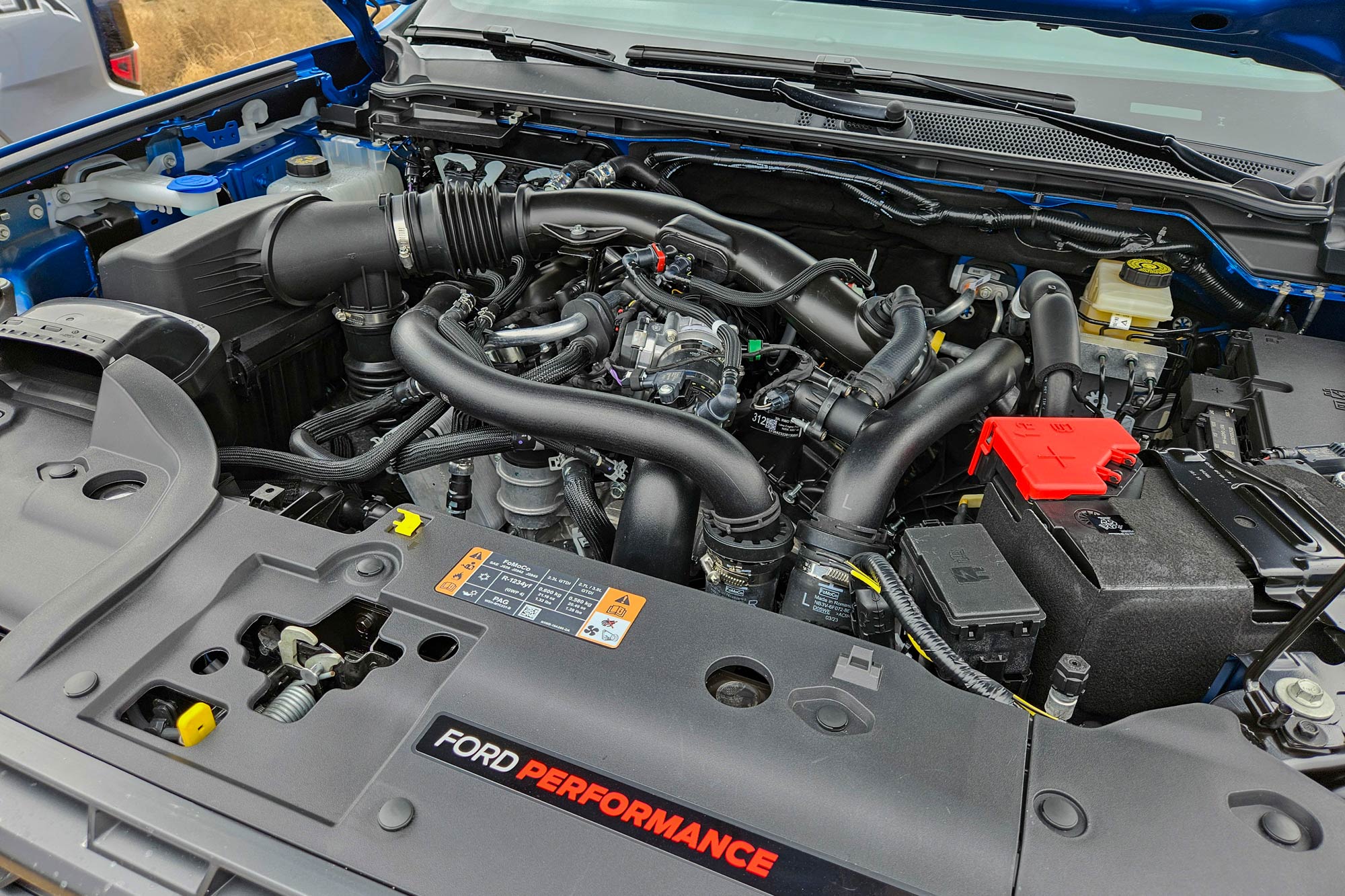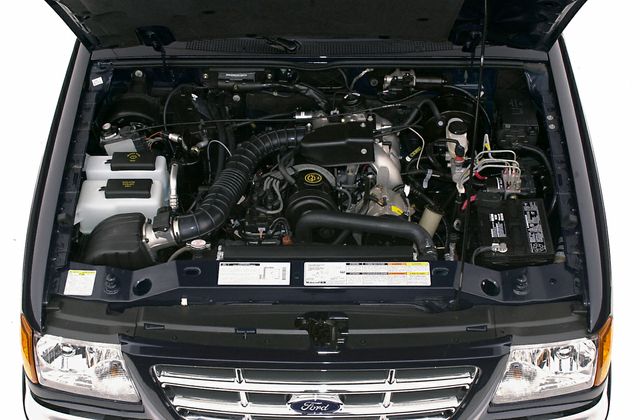How the 2.2 Ford Ranger Engine Stands Out for Durability and Power in Tough Conditions
How the 2.2 Ford Ranger Engine Stands Out for Durability and Power in Tough Conditions
Blog Article
Understanding the Basics of Auto Engines: Functions, types, and functions

Overview of Automobile Engines
A vehicle engine works as the heart of a lorry, converting fuel right into power to thrust it ahead. This elaborate system consists of various components that function in unison to make sure optimum performance and effectiveness. The fundamental operation of a car engine includes the interior combustion process, in which gas and air are combined, sparked, and removed to create power.
The engine's style can significantly affect its performance, fuel efficiency, and discharges. Key components consist of the cylinder block, pistons, crankshaft, and camshaft, each playing an essential role in the engine's general function. The cyndrical tube block houses the cylinders where combustion takes place, while the pistons transform the eruptive power from combustion into direct activity. This activity is then changed into rotational power by the crankshaft, allowing the vehicle's wheels to turn.
In addition to these parts, engines typically use various systems such as gas shot, ignition, and cooling systems to boost efficiency and longevity. Comprehending the fundamental technicians of vehicle engines is crucial for detecting concerns and executing upkeep, eventually adding to the car's reliability and effectiveness in time.

Kinds Of Auto Engines
Auto engines can be categorized right into numerous types based upon their style, fuel type, and functional concepts. 2.2 ford ranger engine. The most common groups include inner combustion engines (ICE), electric engines, and crossbreed engines
Internal combustion engines, which can be additional split right into gasoline and diesel motor, run by sparking a fuel-air mix to generate power. Gasoline engines are generally lighter and smoother, while diesel engines are a lot more fuel-efficient and offer better torque.
Electric engines use electric energy stored in batteries to power an electrical motor, supplying instant torque and no discharges during procedure. As technology advancements, electric vehicles (EVs) are increasingly ending up being preferred for their environmental advantages and lower running costs.
Crossbreed engines combine elements of both internal burning and electrical engines, enabling adaptable power resources and enhanced fuel performance. They can run in numerous modes, using either the gas engine, the electric motor, or both concurrently.
Each type of engine has unique advantages and negative aspects, influencing their application in different lorry types and market sectors, from compact automobiles to durable vehicles. Understanding these types is essential for making educated choices relating to vehicle selection and performance assumptions.
Engine Features Explained
Comprehending engine functions is important for understanding just how lorries operate effectively. At the core of any kind of internal combustion engine exists the fundamental procedure of converting fuel right into mechanical energy.
The ignition takes place following, stiring up the combination and creating a quick development of gases. This force drives the piston down during the power stroke, which inevitably converts right into the rotational activity of the crankshaft. The exhaust stroke then expels the invested gases from the chamber, making means for a new cycle to commence.
In addition to these main functions, engines also integrate systems that take care of cooling and lubrication, guaranteeing ideal functional temperatures and lowering friction in between moving parts. This detailed interplay of functions makes it possible for the engine to create the power necessary for automobile propulsion while keeping performance and dependability. Understanding these functions gives important understanding right into the complexities of automotive engineering and boosts the capability to diagnose and deal with engine-related issues properly.
Key Engine Features
Engine design encompasses several crucial features that substantially affect performance, performance, and longevity. Among one of the most essential elements is the engine arrangement, that includes inline, V-type, and level styles. Each setup impacts the engine's balance, power, and size output, therefore affecting overall lorry dynamics.
An additional vital attribute is the engine displacement, describing the total volume of all cyndrical tubes. Larger displacements typically generate even more power but might compromise fuel performance. Engine materials likewise play a pivotal function; high-strength and lightweight materials, such as light weight aluminum and magnesium alloys, enhance efficiency without including excessive weight.
The kind of fuel injection system used-- such as multi-port or direct shot-- affects combustion performance and discharges. Turbo charging and turbocharging are features that improve engine efficiency forcibly extra air right into the combustion chamber, enhancing power result without substantially increasing engine size.
Finally, the visibility of sophisticated engine administration systems enhances fuel-air combination and ignition timing, contributing to smoother operation and better fuel economic climate. Jointly, these attributes define an engine's capabilities, setting the foundation for its performance and click here to read longevity in a competitive automobile landscape.
Maintenance Tips for Engines
Appropriate engine maintenance is vital for guaranteeing ideal efficiency and long life, as neglecting routine care can result in considerable problems down the line. To maintain your engine efficiently, start with regular oil changes, generally every 3,000 to 7,500 miles, depending upon the kind of oil used. Fresh oil lubricates engine elements, decreasing friction and wear.
Additionally, monitoring coolant levels is essential to avoid getting too hot. Guarantee that the coolant is covered up and is in great problem to keep reliable temperature level law. On a regular basis change and examine air and fuel filters, as blocked filters can impede air movement and gas delivery, endangering engine effectiveness.
Moreover, focus on stimulate plugs and ignition systems. Faulty or used stimulate plugs can lead to misfiring and lowered performance. Examining the battery terminals and links for rust is also necessary, as a weak battery can impact engine starting.

Conclusion
In summary, a comprehensive understanding of vehicle engines includes numerous kinds, features, and crucial features that substantially affect car efficiency. Inner burning engines, together with electric and hybrid alternatives, demonstrate varied mechanisms for power conversion. 2.2 ford ranger engine. Recognizing the essential features, such as consumption and exhaust cycles, alongside essential engine functions like configuration and fuel shot systems, gears up vehicle proprietors with the knowledge needed for reliable maintenance and procedure, ultimately boosting car long life and efficiency
An automobile engine serves as the heart of a lorry, converting fuel into mechanical power to drive it forward. The basic operation of a cars and truck engine involves the inner combustion browse around these guys procedure, in which gas and air are mixed, stired up, and expelled to develop power.
Routinely replace and inspect air and gas filters, as blocked filters can impede air movement and gas distribution, compromising engine performance. - 2.2 ford ranger engine
In recap, a thorough understanding of auto engines includes numerous types, functions, and essential functions that significantly influence automobile performance. Recognizing the necessary functions, such as consumption and exhaust Discover More cycles, along with essential engine features like configuration and gas shot systems, outfits vehicle owners with the knowledge essential for efficient maintenance and procedure, eventually enhancing lorry durability and efficiency.
Report this page